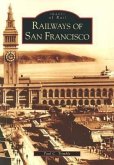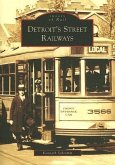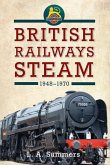Why did Telford need railways? Shropshire was at the heart of the Industrial Revolution in England. The railways provided a way of getting raw materials into the works and finished products to market, and the network grew steadily with the industries of the time; mining. brick and tile making, iron smelting and forging. Author David Clarke covers the history of the railway network and lines in Telford, from its early industrial beginnings to the present day. The book examines the importance of the coal and engineering industries to the region, and covers the rolling stock, signals, signal boxes and locomotive depots of the network. It details the variety of traffic that was generated in the area and traffic passing through. It also gives details never before published of the workings in and out of Hollinswood Yard.








